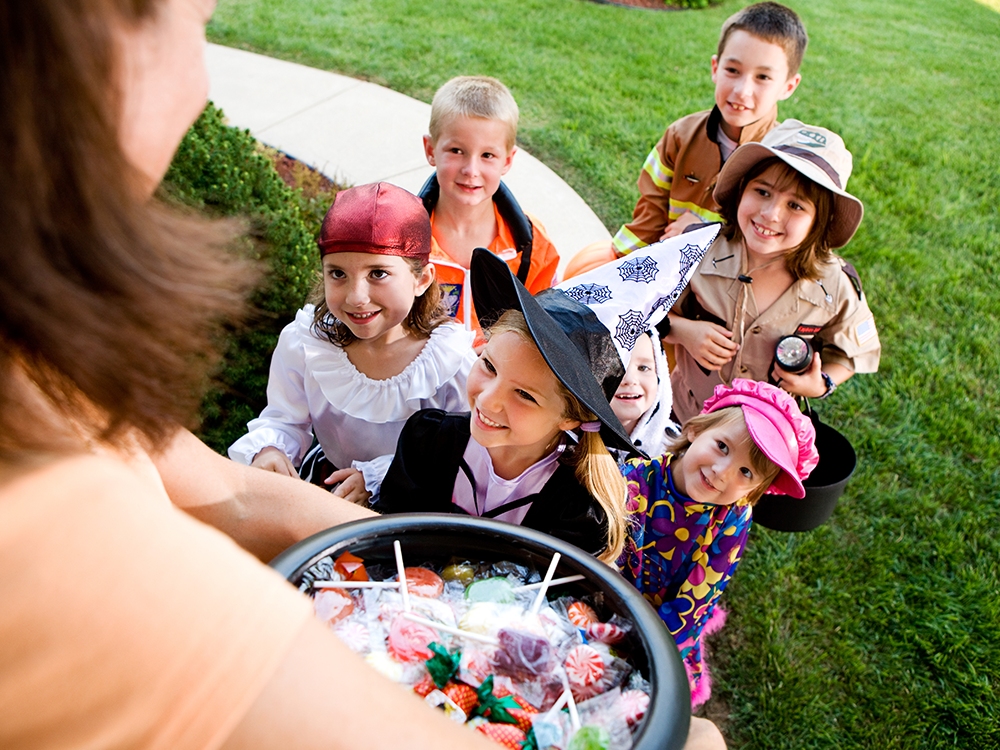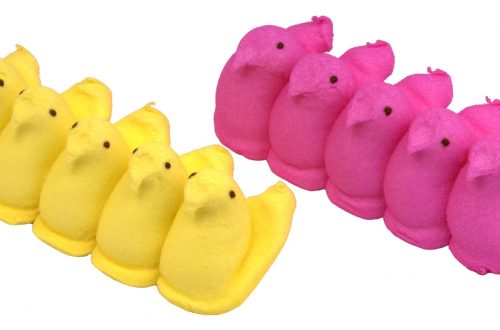“Ding-dong!”
You grab the remote to pause whatever horror movie you’re streaming on Netflix, then pick up your bowl of candy on your way to see who’s at the door. When you open it, you’re greeted by a gaggle of young strangers dressed as angels, demons, and everything in between.
They shout the magic words: “Trick or treat!”
Maybe you drop a handful of candy into each kid’s open bag, or maybe you let them choose for themselves. Either way, no sooner are they off your doorstep than another motley crew of superheroes, Disney characters, zombies, and vampires are trudging toward you, bags of candy in hand.
No matter your feelings about Halloween, this is a familiar scenario for most Americans. But if an alien dropped in from outer space this October 31, would you have any idea how to explain to them just what exactly is going on?
Luckily the only aliens you’re likely to encounter this Halloween will be kids wearing green face paint. But if you are wondering how the unique tradition of trick-or-treating got its start, we’ve got you covered with some sweet fun facts. Read on to learn about the strange history of trick-or-treating.
Trick-or-treating has Celtic pagan roots

What we now think of as Halloween started in part with a Celtic pagan holiday called Samhain, celebrated in and around what is now Ireland throughout the Middle Ages.
Samhain occurred around October 31, about halfway between the autumn equinox and summer solstice. The days-long festival was said to be a liminal time when the world of the dead overlapped with the world of the living. Yep – that means the dead walked the earth.
Many traditions associated with Samhain would seem familiar to us today. For one thing, people would disguise themselves in costumes in order to hide from (or blend in with) the dead spirits who were said to walk among them.
But people would also light bonfires and leave food and drink out for the spirits, which doesn’t sound all too unlike the idea of turning on the porch light and leaving a bowl of candy out for trick-or-treaters to help themselves to!
The Christian history of trick-or-treating
Starting around the 9th century AD, the Catholic Church was establishing itself in new areas around Europe. As part of this project, the Church had a habit of catholicizing the pagan holidays in these new areas, in other words merging them with church holidays.
The story goes that the Catholic Church appropriated the traditions of Samhain, merging the celebration with Hallowtide or All Hallows Eve on October 31, All Saints Day on November 1, and All Souls Day on November 2.
The Church also incorporated the tradition of “souling,” where the poor would go from door to door offering prayers for the dead. Believing these prayers would release souls from purgatory, wealthy hosts would then offer food or beer in exchange for the prayers.
From mummers to mummies
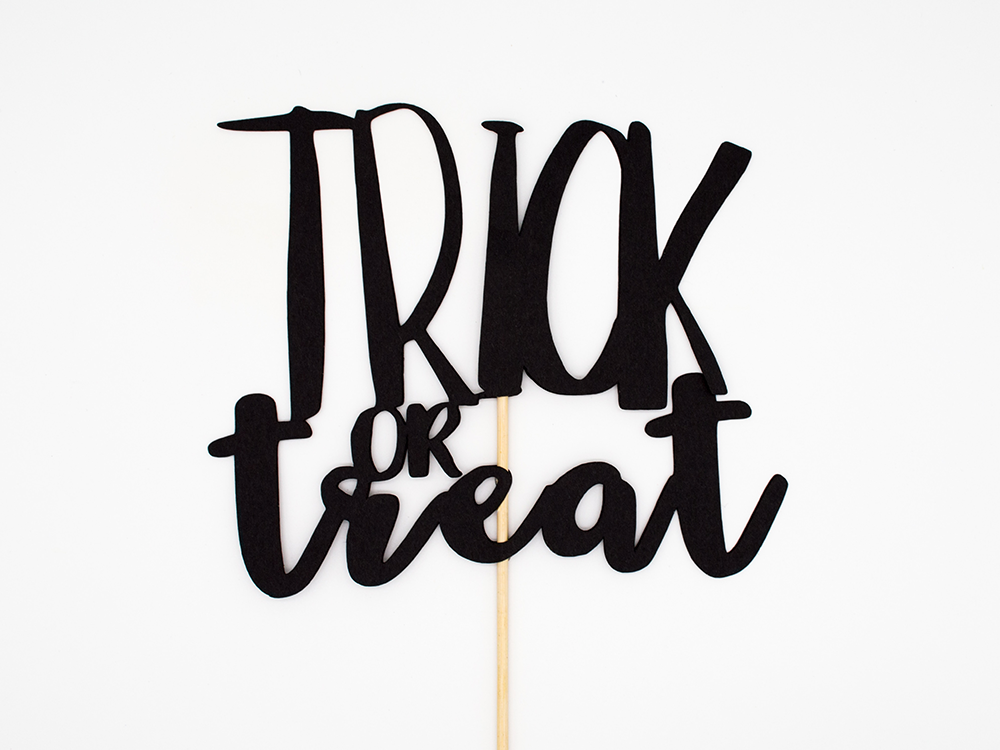
While historians trace the whole dressing-up-as-ghouls-and-ghosts thing to the pagan and Catholic traditions mentioned above, the specific practice of trick-or-treating resembles something known as mumming, or dressing up in costumes to go door to door performing plays, singing songs, reciting poetry, or otherwise entertaining homeowners in exchange for treats.
Those who refused the mummers, on the other hand, would sometimes fall victim to a prank or “trick” – hence “trick or treat.”
Like Samhain, this tradition comes from the British Isles and has mostly been associated with holidays like Christmas (think singing Christmas carols) or Easter. But many historians have pointed to mumming-like activities being popular during Samhain as well.
OK – Halloween costumes? Check. Going door to door for goodies? Check.
So how did we get all the way from Medieval pagan and Catholic holidays to eating gummy bears in a suburban living room while wearing Steve Harington’s Scoops Ahoy uniform?
Just a few more stops along the way…
Made in (North) America
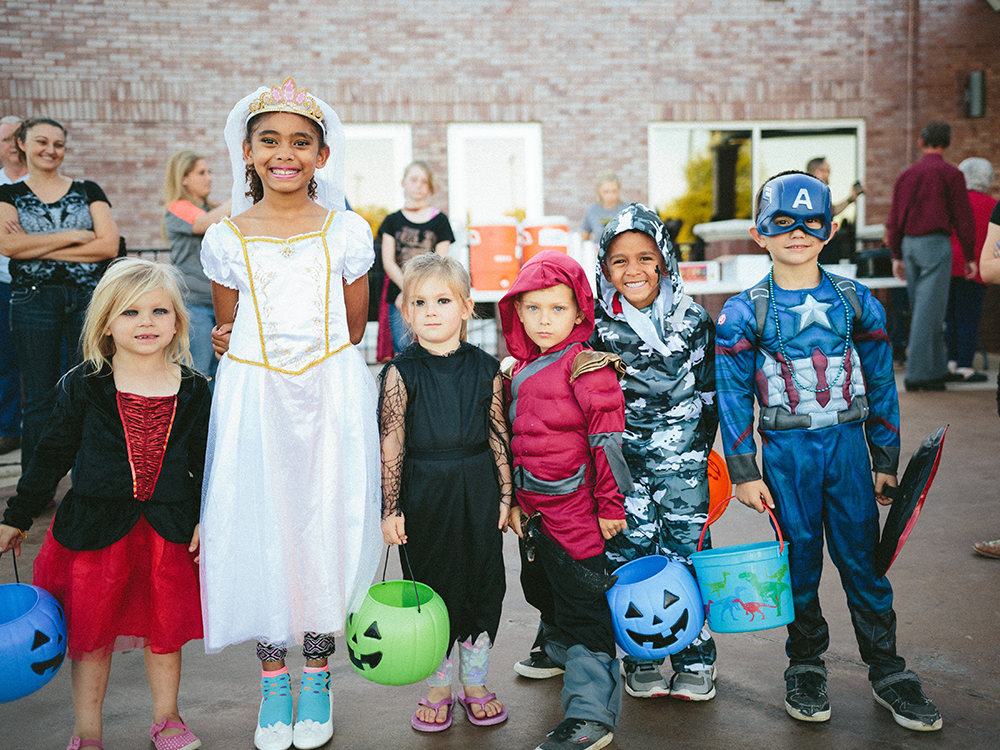
Though its roots are in the Old World, what we now call trick-or-treating is pretty firmly associated with the United States and Canada. In fact, according to Smithsonian Magazine, the earliest reference to trick-or-treating was actually published in Alberta, Canada, in 1927.
Many historians cite this as the time when trick-or-treating exploded in the U.S. as well. It’s believed that – surprise – Irish immigrants fleeing the potato famine of the previous century had brought trick-or-treating to the U.S., where it was fully flourishing in their communities by the 1920s and 30s.
World War II halts the fun
Trick-or-treating went strong for about a decade before sugar rations during World War II caused a temporary decline in the practice, according to Smithsonian Magazine. (Meanwhile, American soldiers were eating specially designed high-calorie Hershey bars – but that’s a story for another blog!)
The traditions that almost were
As you can see, we have lots of historical traditions to thank for the existence of modern trick-or-treating. But over the years, there have been plenty of Halloween traditions that didn’t stick so well – at least not in their original forms.
Here are just a few:
1. Turnip-carving
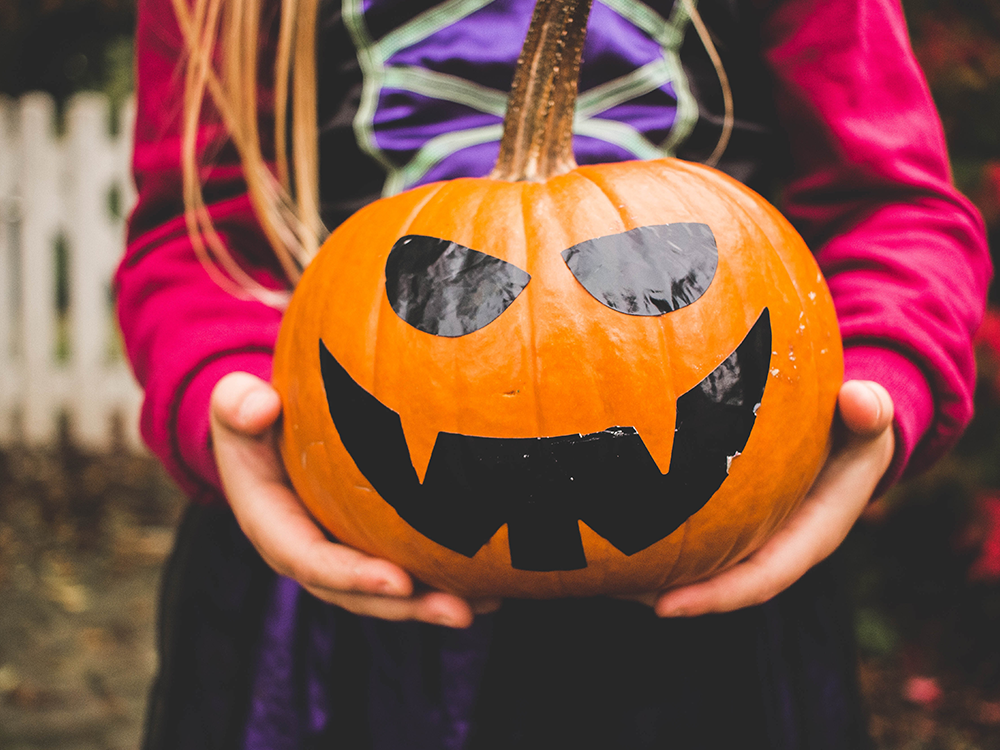
Like “guising” and going door to door for treats, the carving of Jack-O-Lanterns also probably stems from Samhain. However, you wouldn’t find pumpkins anywhere in Medieval Europe. Samhain celebrators instead carried lanterns made from turnips.
2. Matchmaking
Many old Halloween rituals were actually intended to reveal one’s future, particularly in the realm of marriage. Dating back to at least 18th century Ireland and Scotland, young women would throw chestnuts into fires, toss apples over their shoulders, peer at egg yolks in water, and more in order to bring good luck in courting or to divine their future husbands.
3. Soul cakes
Just what exactly were the wealthy giving out to the poor who went “souling” back in the days of Hallowtide? Soul cakes, of course. You’d be forgiven for preferring a good old Snickers bar to one of these dry spiced cakes, though.
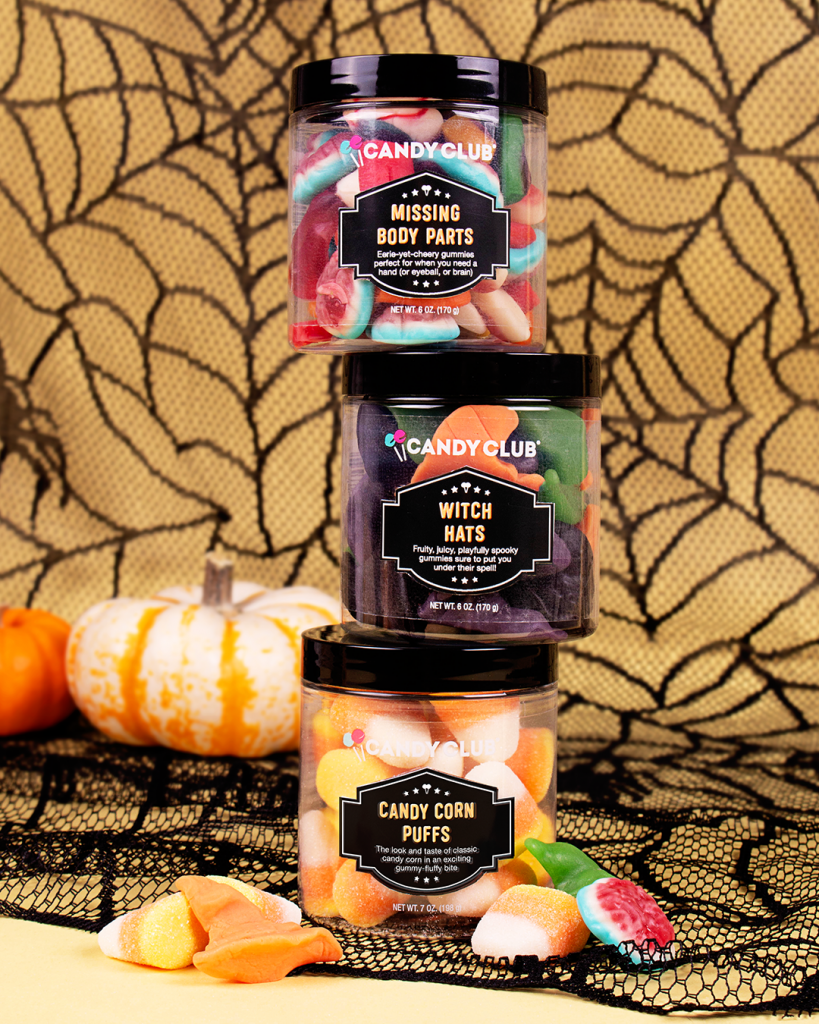
There you have it – the long and winding history of trick-or-treating. And if you’re still stocking up on candy for this year’s celebrations, check out the scary-good deals on Halloween candy at Candy Club!

